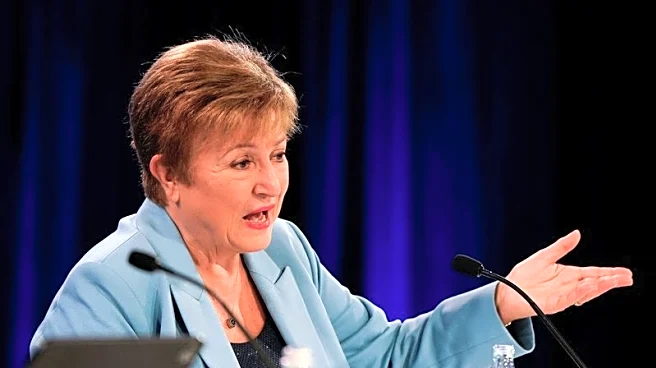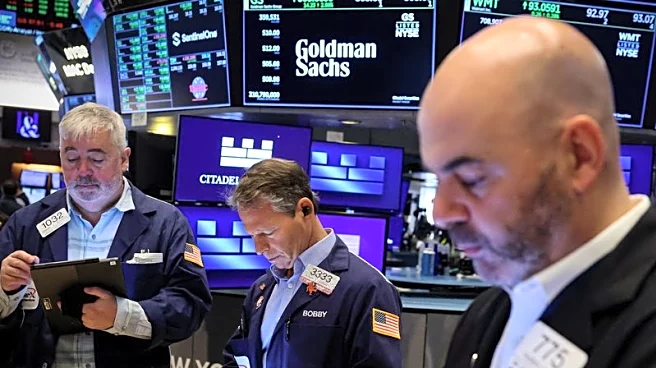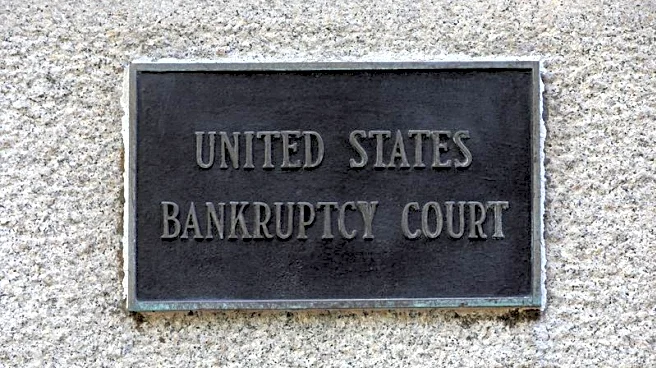What's Happening?
Andrew Ross Sorkin, renowned for his expertise in chronicling Wall Street, has released a new book titled '1929: Inside the Greatest Crash in Wall Street History—and How It Shattered a Nation.' The book delves into the events leading up to the infamous
stock market crash of 1929, exploring the lives and decisions of key financiers of the era. Sorkin's work is celebrated for its detailed narrative and historical insights, offering readers a comprehensive look at the factors that contributed to the economic collapse. The book launch was marked by a meeting between Sorkin and Joe Nocera, a veteran journalist, at the Sherry-Netherland bar, a location historically linked to Jesse Livermore, a financier involved in the crash.
Why It's Important?
The release of Sorkin's book is significant as it provides a detailed examination of one of the most pivotal events in U.S. economic history. Understanding the 1929 crash is crucial for economists, historians, and policymakers as it offers lessons on financial regulation, market dynamics, and economic resilience. The book's insights could influence current discussions on economic policy and financial market oversight, highlighting the importance of learning from past mistakes to prevent future economic downturns. Sorkin's work may also serve as a valuable resource for educational institutions and researchers studying economic history.
What's Next?
Following the book's release, discussions and analyses of its content are expected to emerge among financial experts, historians, and the general public. Sorkin's insights may spark debates on the parallels between the 1929 crash and modern economic challenges, potentially influencing public policy and financial regulation. Book reviews and interviews with Sorkin could further disseminate the book's findings, encouraging a broader understanding of historical economic events and their relevance to contemporary issues.
Beyond the Headlines
Sorkin's exploration of the 1929 crash not only sheds light on economic factors but also delves into the cultural and social impacts of the event. The book may prompt readers to consider the ethical dimensions of financial speculation and the responsibilities of financiers in safeguarding economic stability. Additionally, it could lead to discussions on the psychological effects of economic crises on individuals and communities, offering a holistic view of the consequences of financial turmoil.















